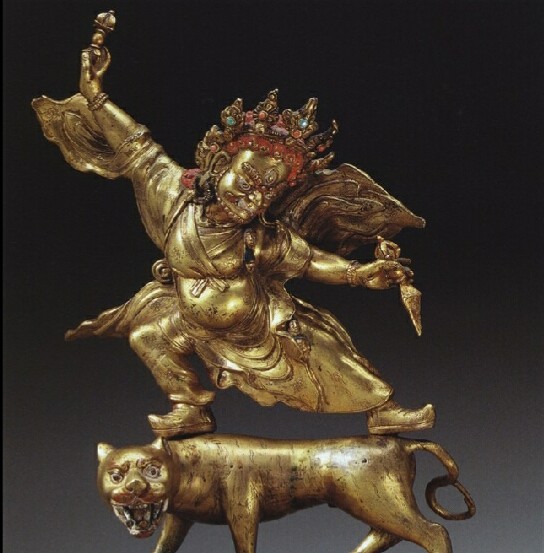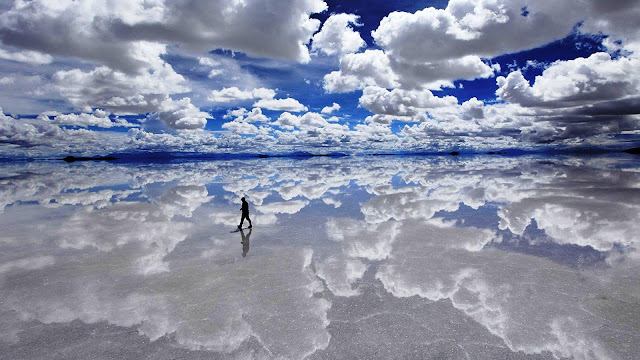The blind can see it
The deaf can hear it
The animals can feel it
The animals can feel it
Many people may have recited a thousand of mantras yet if he or she without any sense of kindness and compassion toward others, it is just like the parrot singing and get absolutely nothing but mere merits.
How great is it that our random acts of kindness and good deeds can make someone else’s entire day? Take five minutes to send postcards or emails to sick children who are fighting serious illnesses and want to receive mail.
Find opportunities to practice and sometimes by just giving a compliment. It costs nothing, takes no time, and could make someone’s entire day.
Find opportunities to practice and sometimes by just giving a compliment. It costs nothing, takes no time, and could make someone’s entire day.
Do our best to have a little kindness towards others, including all beings as often as possible and let contemplate, let our love and compassion unfetter you from ignorance and sharpens your ability to appraise.
Compassion and kindness are like the sanctuary that provides us a safe haven, when the storm is raging around us and naturally our reaction is to seek and find a shelter for safety.
So,compassion and wisdom are the wings that lighten all human’ development in many aspects of our lives, whether it’s a spiritual journey or a self achievement.
So,compassion and wisdom are the wings that lighten all human’ development in many aspects of our lives, whether it’s a spiritual journey or a self achievement.
Loving kindness and Bodhichitta are the messages of life, you don't learn only in institutions. Life itself is a living Journal that teaches something to those who wish to learn. This is the reason why I am always beginning my writing post of a title of The Living Journal.
The Living Journal is related to Dharma and Dharma is a living philosophy and teaches us how significant to learn the Dharma and to apply it in our daily life. Your little kindness goes a long way and leave footprints of your love and kindness wherever you go.
Do you earnestly cherish our devoted work? Assuming this is the case, we are delighted that you are finding our blog useful. Would you consider making a donation for our Buddhist research and development?
Do you earnestly cherish our devoted work? Assuming this is the case, we are delighted that you are finding our blog useful. Would you consider making a donation for our Buddhist research and development?
Donate now
We need your help to secure the future of scholarly interaction with Buddhism. Please consider showing your support. Your generosity will certainly help us to improve our works and to achieve for a better and brighter prospect to come.
Thank you for reading, may you find peace and great bliss. With your support it helps to spread the Buddha’s precious teachings and turning the Dharma wheels in the world.
Aspiration For Bodhichitta
For those in whom the precious Bodhichitta has not arisen
May it arise and not decrease
But increase further and further.
Dedication of Merit
By this merit may we obtain omniscience then.
Having defeated the enemies wrong-doings.
May we liberate migratory from the ocean of existence.
With its stormy waves of birth, old age, sickness and death.
*Note
I do not own or infringe any copyright of the picture(s).
Picture(s) courtesy and credit to the rightful distributors and or studios.
Picture(s) is/are intended for editorial use only.
Aspiration For Bodhichitta
For those in whom the precious Bodhichitta has not arisen
May it arise and not decrease
But increase further and further.
Dedication of Merit
By this merit may we obtain omniscience then.
Having defeated the enemies wrong-doings.
May we liberate migratory from the ocean of existence.
With its stormy waves of birth, old age, sickness and death.
*Note
I do not own or infringe any copyright of the picture(s).
Picture(s) courtesy and credit to the rightful distributors and or studios.
Picture(s) is/are intended for editorial use only.

















































